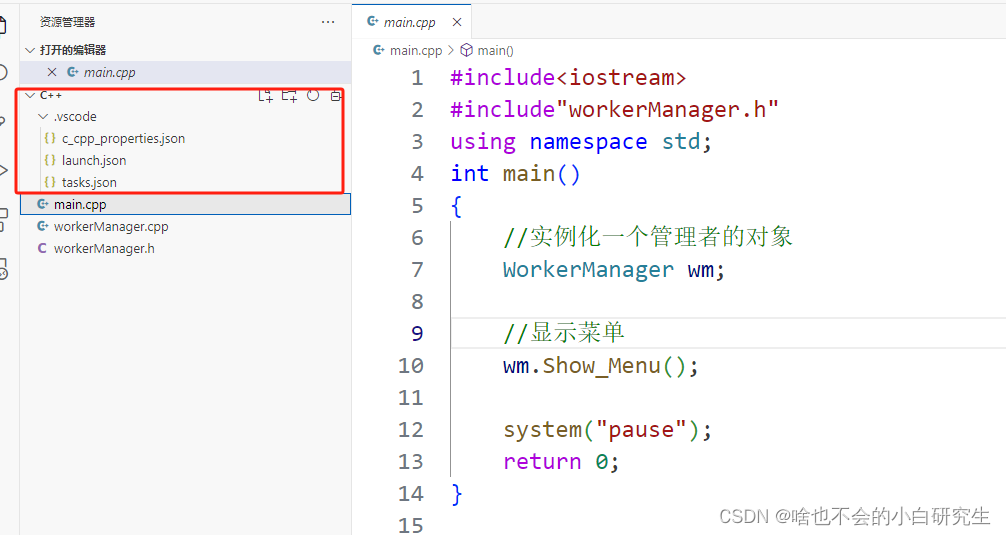IIOT IPQ8074-TWT technology – reduces unnecessary power consumption
TWT technology is also widely used in industry. In areas such as industrial automation, the Internet of Things and smart manufacturing, wireless connectivity has become an integral part. However, these applications often require long wireless connections and a large number of devices, so battery life management becomes particularly important.

TWT technology can help industrial equipment manage battery life more efficiently, thus extending the use time. For example, in industrial automation, many sensors and actuators need to be wirelessly connected for long periods of time in order to monitor and control production processes in real time. By using TWT technology, these devices can manage battery life more efficiently and reduce the frequency of battery replacement, thus reducing maintenance costs.
In the Internet of Things and smart manufacturing, TWT technology can also play an important role. For example, in smart cities, many devices require long wireless connections in order to monitor and control urban infrastructure in real time. By using TWT technology, these devices can manage battery life more efficiently, resulting in increased reliability and availability.
In short, TWT technology is widely used in industry to help industrial equipment manage battery life more effectively, extend service time, reduce maintenance costs, and improve reliability and availability. With the continuous development of industrial automation, Internet of Things and intelligent manufacturing, the application prospect of TWT technology will be broader.
If you are looking for a high performance router, then a router with an IPQ8074 CPU is definitely a choice worth considering. This router uses Qualcomm Technologies, Inc. The IPQ8074 SoC, with its powerful processing power and advanced networking features, can provide fast and reliable network connectivity to your home or office.
The router with the IPQ8074 CPU is a high-end router that supports WiFi 6 (802.11ax) and introduces many high-end technologies to provide a faster and more reliable wireless network connection. Here are some of WiFi 6’s high-end technologies:
1. OFDMA (Orthogonal Frequency division Multiple Access) : OFDMA technology allows routers to transmit data to multiple devices at the same time, rather than one device at a time. This parallel transmission improves the efficiency of the network, reduces latency, and can support more device connections.
MU-MIMO (Multi-user multiple-input multiple-output) : MU-MIMO technology enables routers to communicate with multiple devices simultaneously, rather than sequentially, device by device. This parallel communication method improves the throughput and efficiency of the network, and is especially suitable for the scenario where multiple devices are connected at the same time.
3. 1024-QAM (1024 modem) : 1024-QAM technology improves the efficiency and capacity of data transmission. Compared to previous modem technologies, it can transmit more data within the same spectrum bandwidth, providing faster speeds and higher throughput.
4. BSS color: BSS color is a technique to distinguish different basic service sets (BSS) by using different color markers in the network. This technology can reduce network congestion and interference, improve the stability and performance of the network.
5. TWT (Target Wake up Time) : TWT technology allows the device to enter low-power mode for a certain period of time, thereby extending the battery life of the device. The router can negotiate wake times with the device in order to transfer data when the device needs it, thus reducing unnecessary power consumption.
In addition to the technologies mentioned above, WiFi 6 (802.11ax) introduces a number of other important technologies to further improve the performance and efficiency of wireless networks. Here are some other WiFi 6 technologies:
1. 160 MHz channel width: WiFi 6 supports wider channel widths up to 160 MHz. Compared to previous WiFi standards, this wider channel width can provide greater bandwidth, resulting in faster data transfer speeds.
2. 6 GHz band: WiFi 6 also introduces support for the 6 GHz band, which is a new wireless band. The 6 GHz band provides more interference-free spectrum that can deliver higher network capacity and faster speeds.
3. BSS Leader: WiFi 6 introduces the concept of a BSS leader, which is a device responsible for coordinating the entire network. BSS leaders can optimize the allocation of network resources, reduce interference, and deliver better network performance.
4. Transmission rate adjustment: WiFi 6 introduces an adaptive transmission rate adjustment mechanism, which can dynamically adjust the transmission rate according to network conditions and device requirements. This mechanism can provide more stable connections and higher throughput.
5. TWT battery life optimization: In addition to the aforementioned TWT technology, WiFi 6 also introduces a number of other battery life optimization technologies. For example, by more intelligently managing the wake up and sleep states of the device, reducing unnecessary power consumption and thus extending the battery life of the device.
These additional technologies further enhance the performance and efficiency of WiFi 6, making it a more advanced and reliable wireless network standard. The comprehensive technological innovation of WiFi 6 provides users with a faster and more stable wireless connection, which is suitable for various scenarios of high-density device connection and high-speed data transmission.
原文地址:https://blog.csdn.net/Wireless_wifi6/article/details/134665234
本文来自互联网用户投稿,该文观点仅代表作者本人,不代表本站立场。本站仅提供信息存储空间服务,不拥有所有权,不承担相关法律责任。
如若转载,请注明出处:http://www.7code.cn/show_5827.html
如若内容造成侵权/违法违规/事实不符,请联系代码007邮箱:suwngjj01@126.com进行投诉反馈,一经查实,立即删除!




![[软件工具]文档页数统计工具软件pdf统计页数word统计页数ppt统计页数图文打印店快速报价工具](https://img-blog.csdnimg.cn/direct/09dfbaff3e9a47a9a551dd65fef5d482.jpeg)

